
In April, I got, with my friend François, the opportunity to fly to Cuba to bike 2,600 km in 6 weeks of discoveries on the socialist island. If more and more blo posts can be found about how to travel by bike in Cuba, this one is more with the aim to give some inspirations, showing the best road experience we got, in order to help you build your own adventure.
Here is an interactive map of the itinerary we did. In yellow, what I can consider the best 5 days of the trip:
#5: Topes de Collante and Sierra d’Escambray, West from Trinidad
If the climb to get there, a few kilometers out of Trinidad, is a killer, once up there though, the road following the ridge is sublime. Topes de Collante was developed as a touristic center for Trinidad customers, with high price to visit, though impressive, waterfalls like Vegas Grande. West from Topes, it’s nonetheless a very calm yet challenging ride, on winding paved roads. After enjoying the green scenery up above, the downhill before getting to the village of Sierrita is hair-raising.
#4: Parque Nacional Gran Piedra between Guantanamo and Santiago de Cuba
We discovered this adventure while our original plan to take the coastal road Southwest of Guantanamo was cancelled by a military checkpoint prohibiting further passage. About 30 km West of Guantanamo, those dirt roads in Sierra de Gran Piedra offered a nice mountain challenge. First into a valley, the road then slowly climb sinuously up to a perched village. From there starts a long bumpy downhill (and muddy if it rained) and an other uphill to a pass that will bring you down to El Caney, close to the city of Santiago de Cuba.
#3: Eastern tip of the island via La Máquina, an alternative to La Farola
Bicycle travelers on the Eastern side of the island talk about La Farola, the main road connecting Baracoa a Guantánamo, like an interesting challenge. If the engineering work is probably impressive, the alternative we took by going all around the Eastern tip of the island didn’t deceived at all. In one big day, from Baracoa to Cajobabo, we went through a very diverse array of colors and terrain, on a paved road. The Northern side, lush green, offer a challenge of successive hills. The Southern side, drier, offers a vast panorama on the ocean and impressive rocky formations.
#2: Parque de Viñales, Pons and Punta de la Sierra
There is quite a few reasons why Viñales is an important touristic town for Cuba, mainly for the emerging US market that is looking for a product relatively near from La Havana. The mogotes, those particularly shaped limestone hill, and the red dirt characteristic of this part of the island, is indeed catchy on the eye. The quiet road around are definitely pleasant to bike, without too much elevation gain. The road we took west of Viñales, towards Punta de la Sierra and through Pons, was a happy and peaceful moment.
#1: The coastal road Carretera Granma, Parque Nacional Turquino, between Santiago de Cuba and Marea del Portillo
What was probably a pleasant Sunday road trip by car out of Santiago in an other era when the road was in good shape is now a paradise for bike touring. This coastal road was at some places eaten by the sea and roughly repaired. There isn’t much traffic! Sometimes dramatic, sometimes idyllic, this road is definitely satisfying! A few kilometers before Chivirico, you wouldn’t want to miss Cayo Damas, a casa particular on a very small island, where you put your bikes on the owner’s paddle boat to reach it. At the end of the day, we succeeded in finding a discreet spot on a beach to set up the tent. The road is generally paved, except a few segments jammed between the sea and the mountain. The next day, there were just a few more kilometers to Marea del Portillo, an all-inclusive relatively popular with Canadians, but that doesn’t have much to offer to cyclists.
A few useful tips
- If Americans have quite a few restrictions to travel to Cuba, Europeans and Latinamericans generally get 30 days on arrival, renewable by going to an immigration office with a proof of insurance. Canadians are treated well, with 90 days on arrival, as well renewable. Better enjoy it more than just a week in a all-inclusive!
- There is many flights from Canada in winter (and to some extend, fall and spring) that reach other cities than La Havana, like Holguín, where I started, but also Santiago de Cuba, Manzanillo, Matanzas… cities where some all-inclusive resorts are nearby. Airlines from the company selling those packages, like Transat and Sunwing, also sell their seat without the package. Their fares to carry the bicycle but also to get an open-jaw ticket, in order to leave the country from an other airport than the one you arrived, are generally cheaper than generalist airlines.
- The drawback of leaving from a different city is the packing of the bike. If it is relatively easy from home to find a box, either at a bike shop or at the cargo counter of the intercity bus companies, it’s not the same scenario on the Cuban side. If we can see bikes everywhere in Cuba, not much new bikes are sold, meaning coming from a box. In La Havana, we had to run around shops, markets and trash containers to find small cardboard to gather a « custom » bike box. But tape is also a challenge to find. State-controlled shop use it to pack their marchandise but can’t sell it. You can find it in small basic hardware shop. In short, plan a full day for the adventure. If you leave from the same city, ask your casa particular or hotel to keep it as you’ll come back to spend other night(s) after the trip. Otherwise, donating your bike in Cuba is also an option. Many will come travel in Cuba with a bicycle they know they will leave it to someone who needs it.
- Note that wild camping is theoretically prohibited. Try not to be seen, but most locals don’t care. Many aren’t travelling with their camping equipment, but our tent and sleeping bag saved us a few times as we weren’t planning it all ahead. Know as well that someone hosting you who isn’t officially a casa particular is taking a risk. Be discreet if someone offers you a roof to sleep under.
- Money and the double currency can give headache. Don’t bring US dollars as they are taxed at 10% when changing them. Even though there is a black market to change USD at a better rate, it might be simpler to legally change at the Cadeca booths some Canadian dollars or Euros. If the standard tourist will only manage the peso convertible (CUC), equivalent to the US dollar, those travelling by bicycle get to familiarize themselves to the peso cubano (CUP), that worth 50 times less and that opens you to the Cuban local economy. This double economy brings huge distorsion in the value of what you can buy in a small hamlet versus a touristic area. Avoiding to compare both system will avoid frustrations. And learn your 3 multiples!
- In the spring (April-May), it’s crab season! Not that your meals will be different, but they’ll be everywhere on the coastal roads! This crab specie, that normally live hidden inland, goes off towards to coast after mating in order to release their eggs to the sea. Inoffensive, they will nonetheless stand on their legs and clap their pincers when passing nearby. They’re countless, there can be thousands and thousands on the road! The days around the full moon, the smelly carnage was unavoidable…
- Finally, open your eyes… and your spirit! Cuba is a treasure for cyclists but also a place of interesting cultural experiences. Things just don’t work the way they work elsewhere, and we won’t change it during our ephemeral passage there.
Top 3 cities not to be missed
#3: Baracoa, where Colombus set foot for the first time in the Americas, for it’s idyllic location and Haitian influence.
#2: Sancti Spiritus, where colonial marvels are found, for its colorful charm, in the shade of it’s neighboring Trinidad, overexploited.
#1: Santiago de Cuba, where the revolution was born, for the dynamism of a big city, without the touristic weight of La Havana.
… and special mention to Camagüey, where many cyclists will skip the flat central section of the island and therefore will miss it, for getting lost on the twisty and pleasant streets of the old-center of Cuba third city.

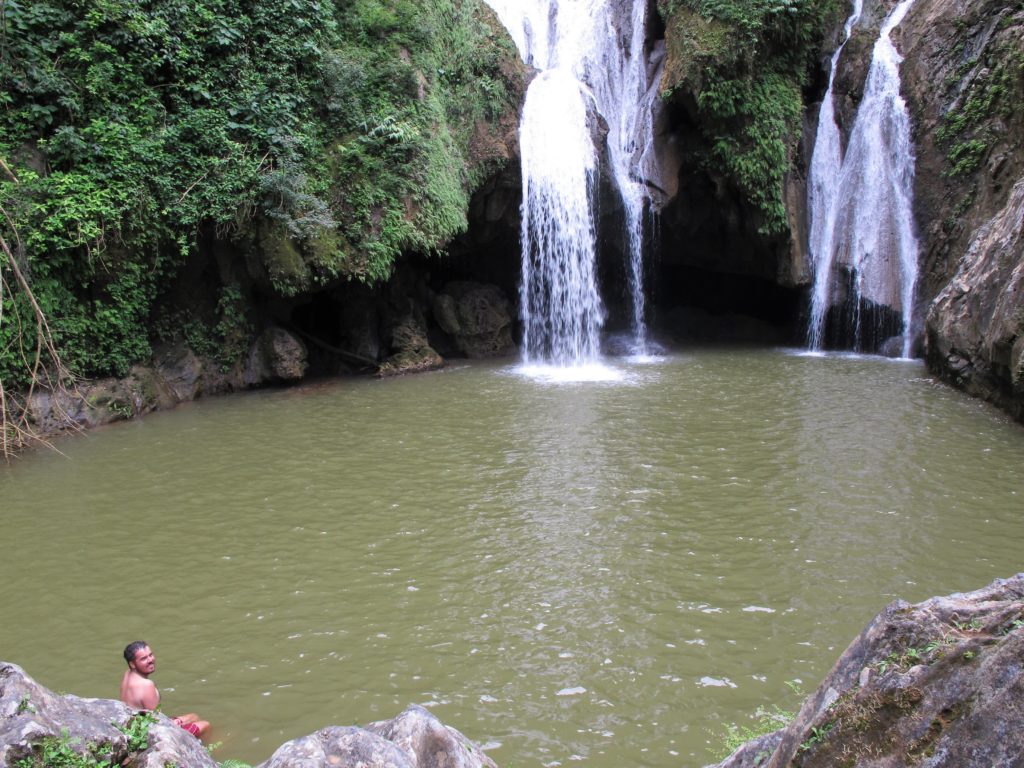

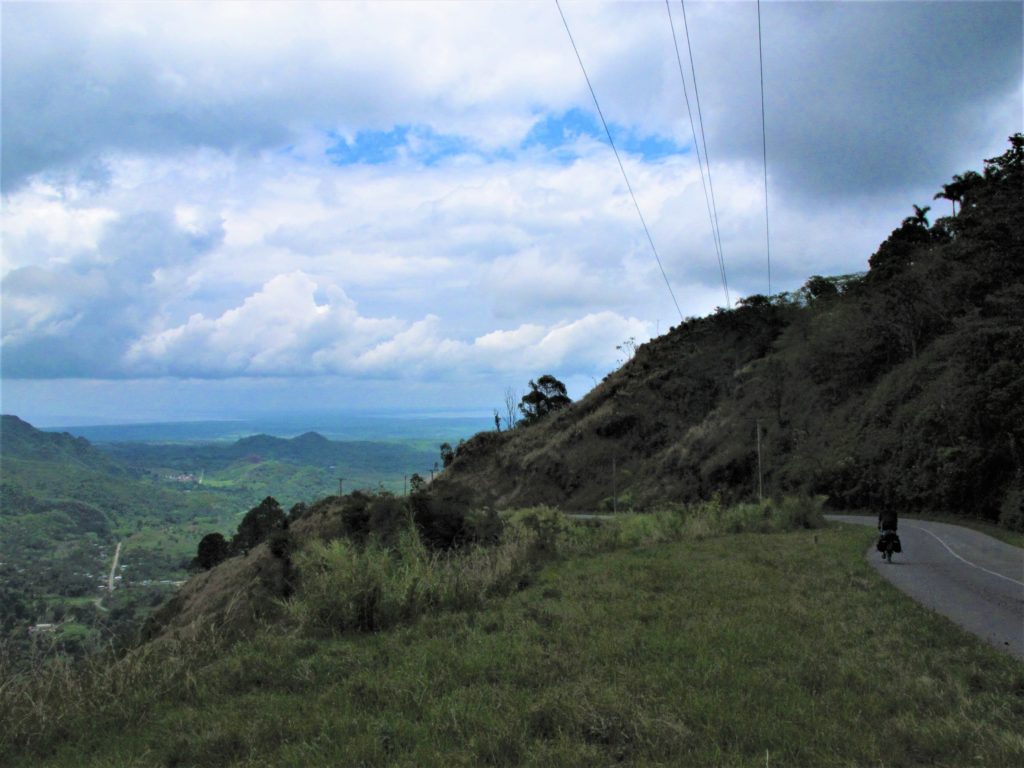

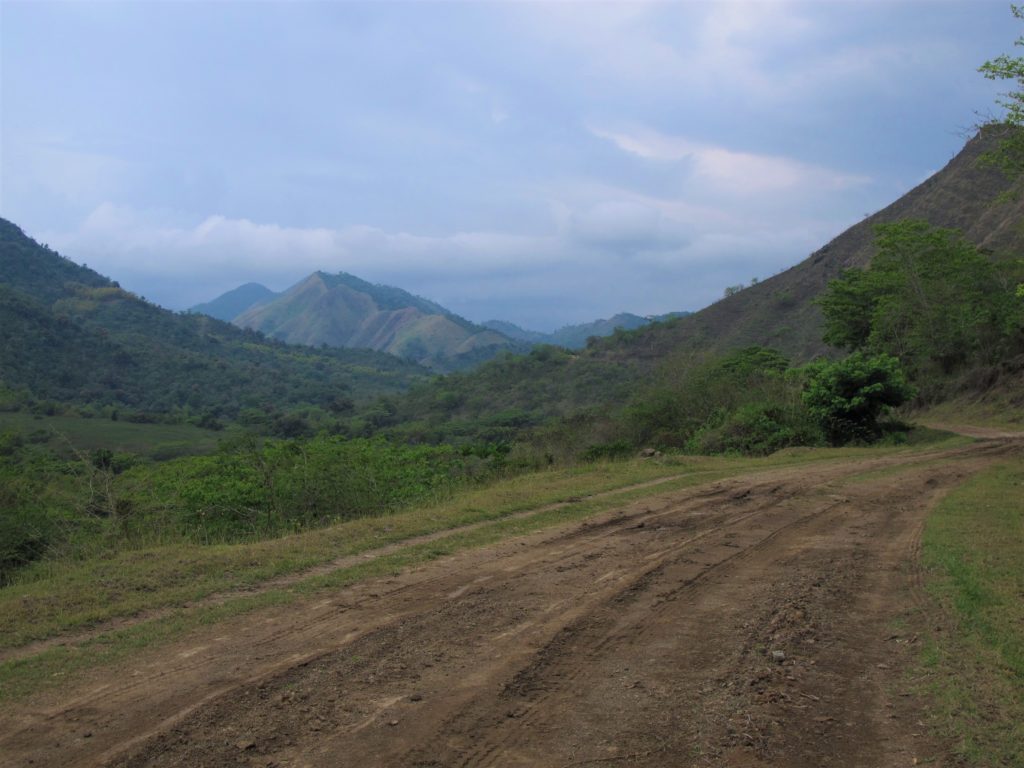
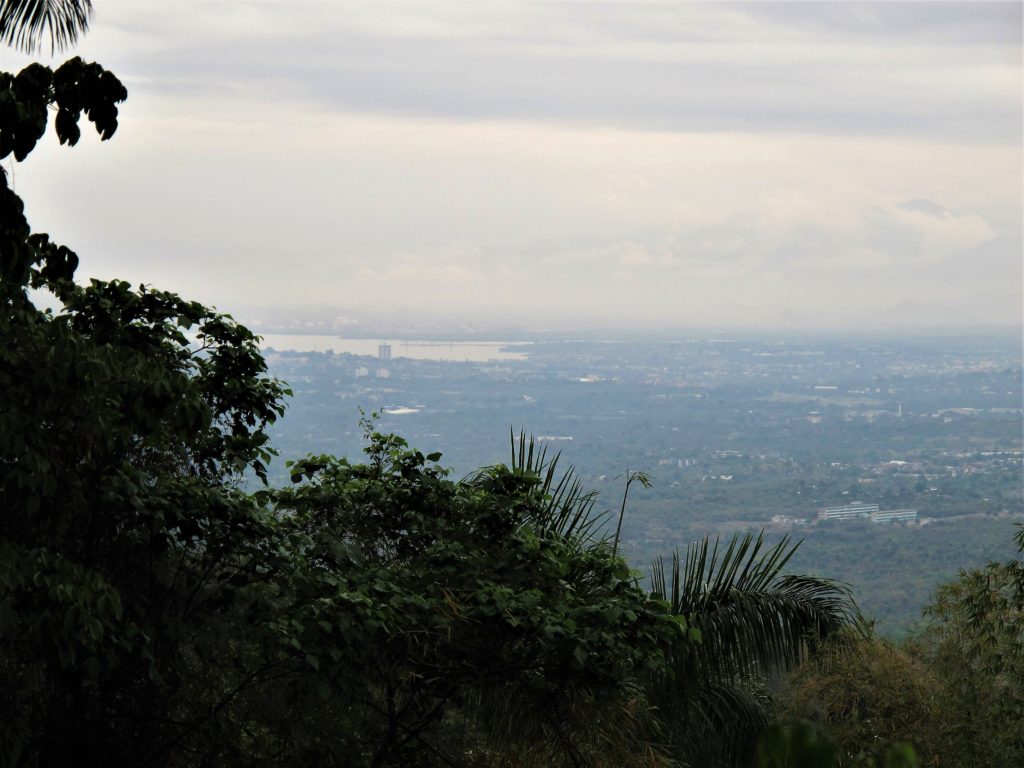
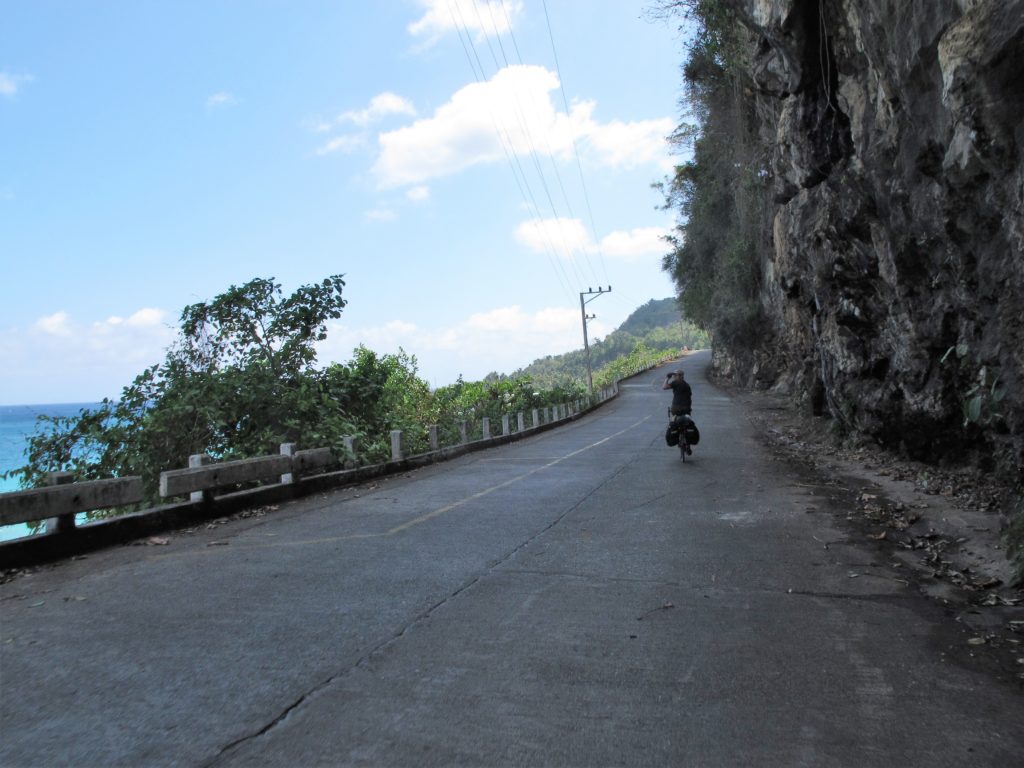
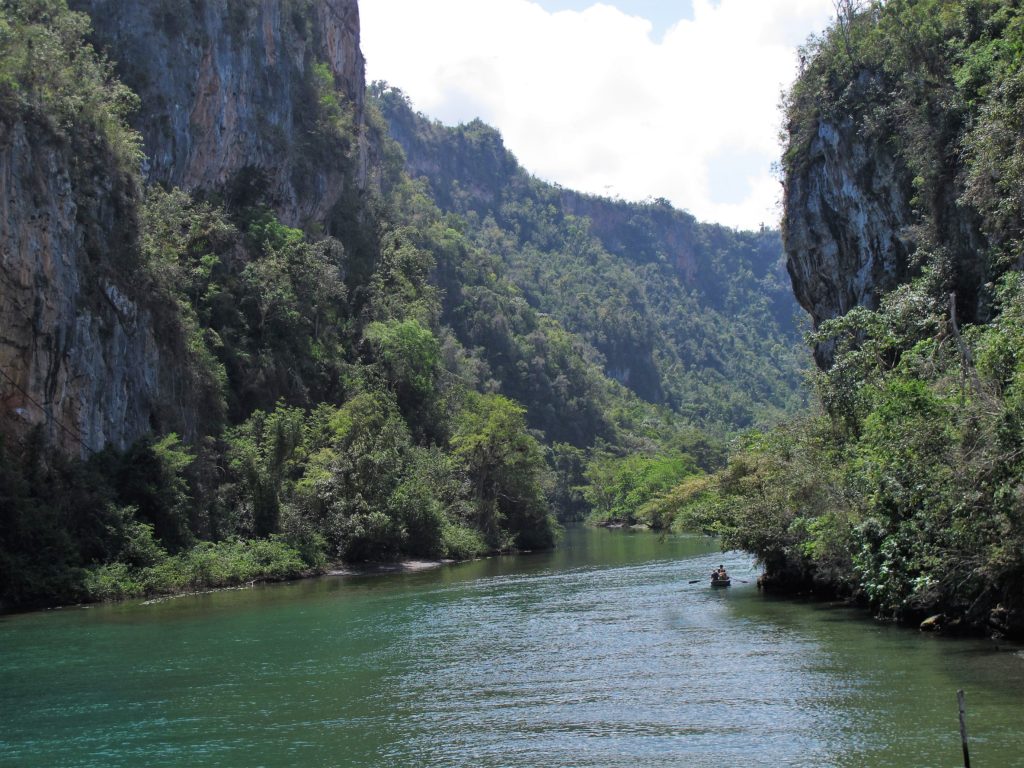
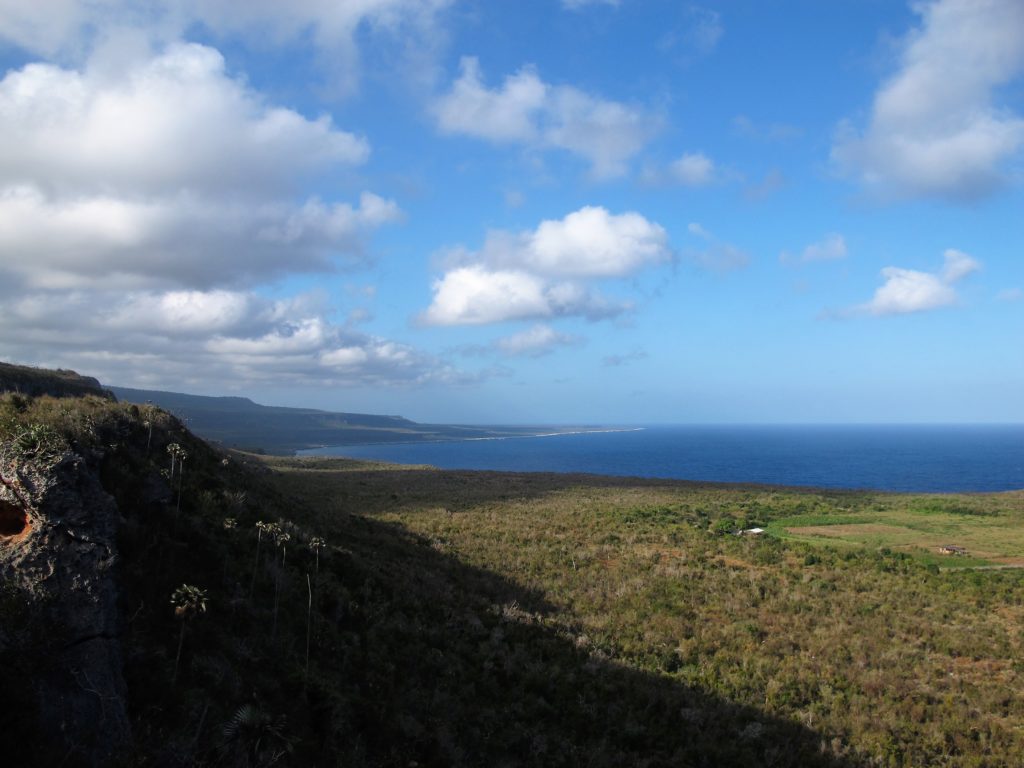
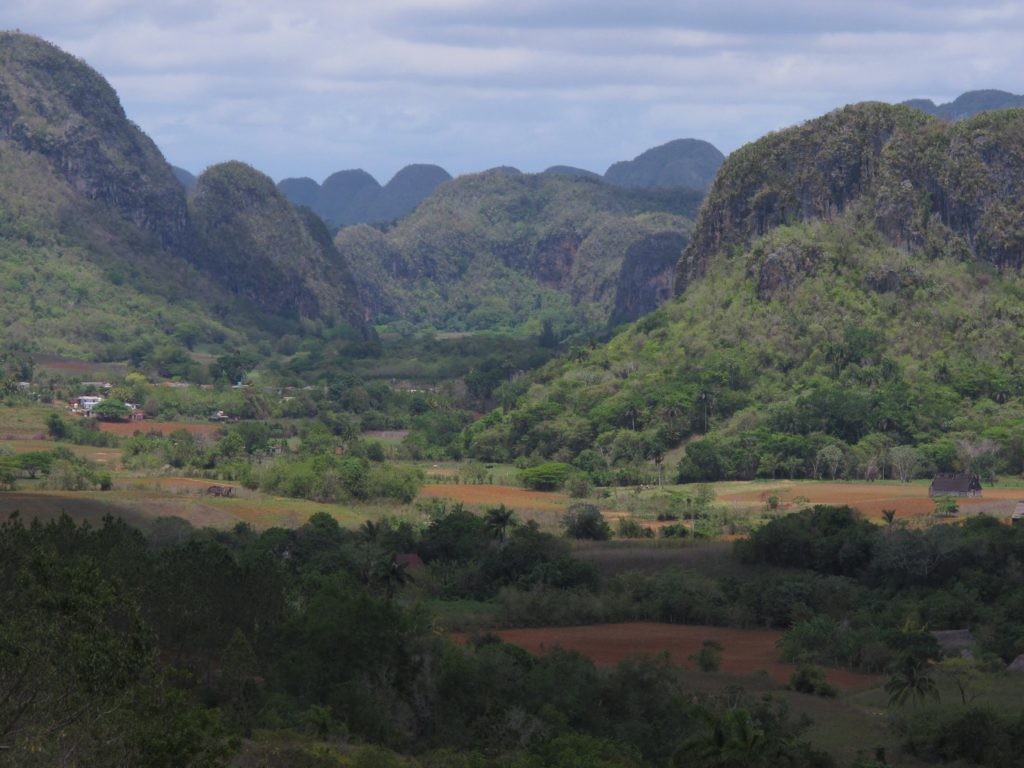

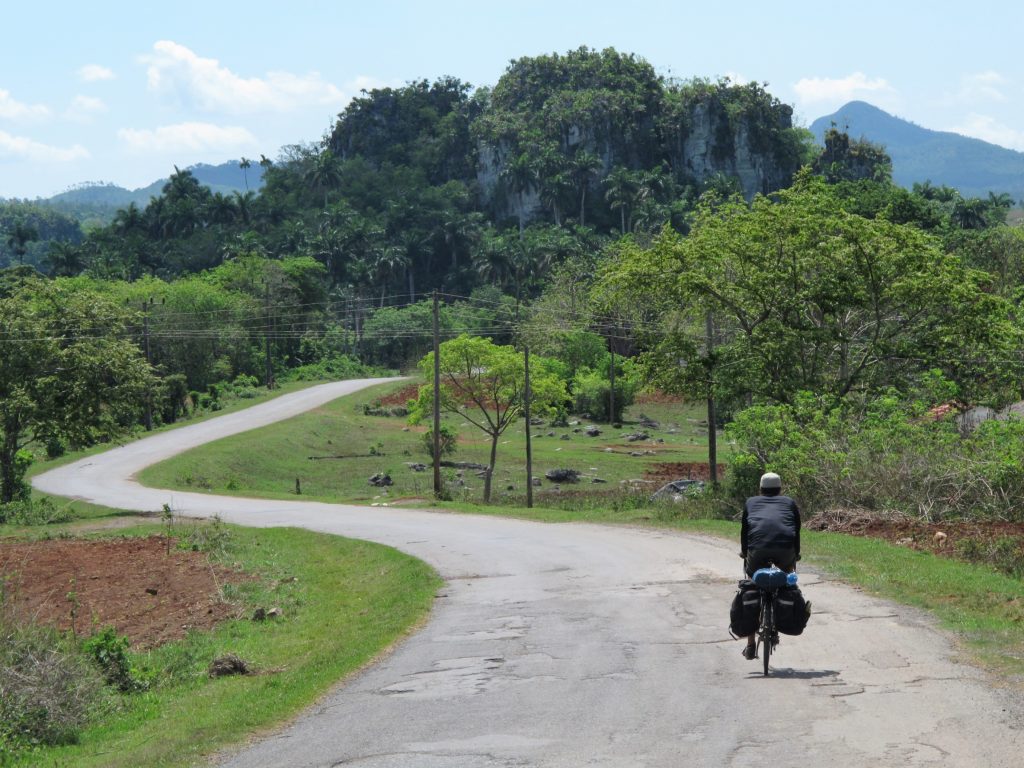
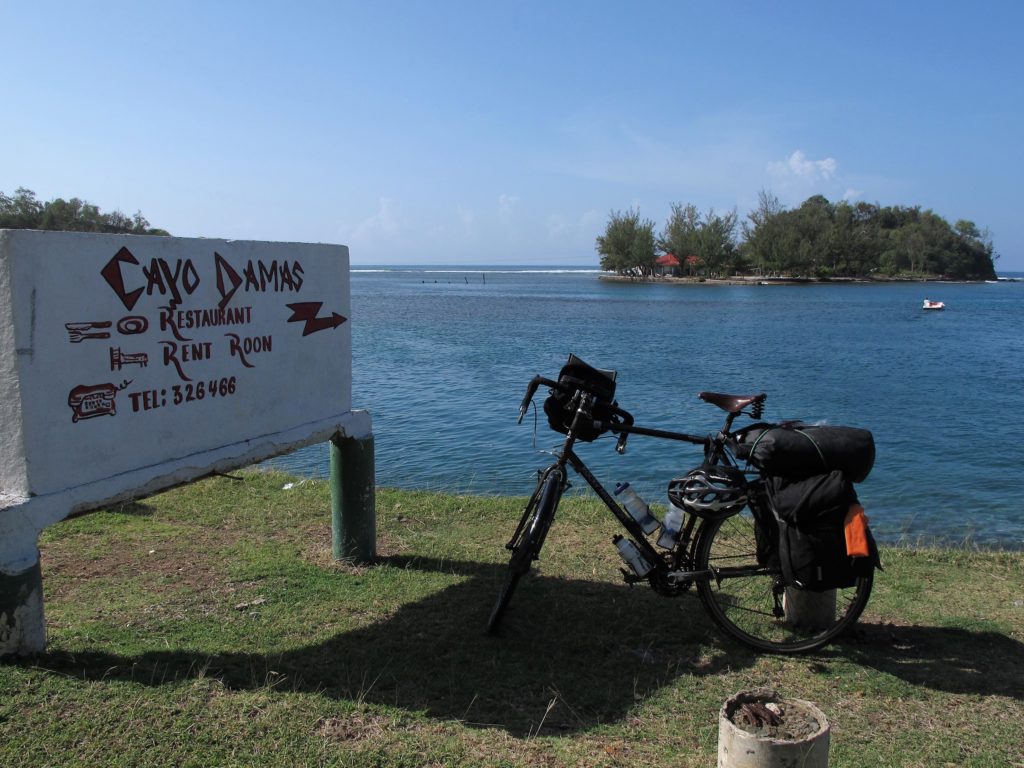
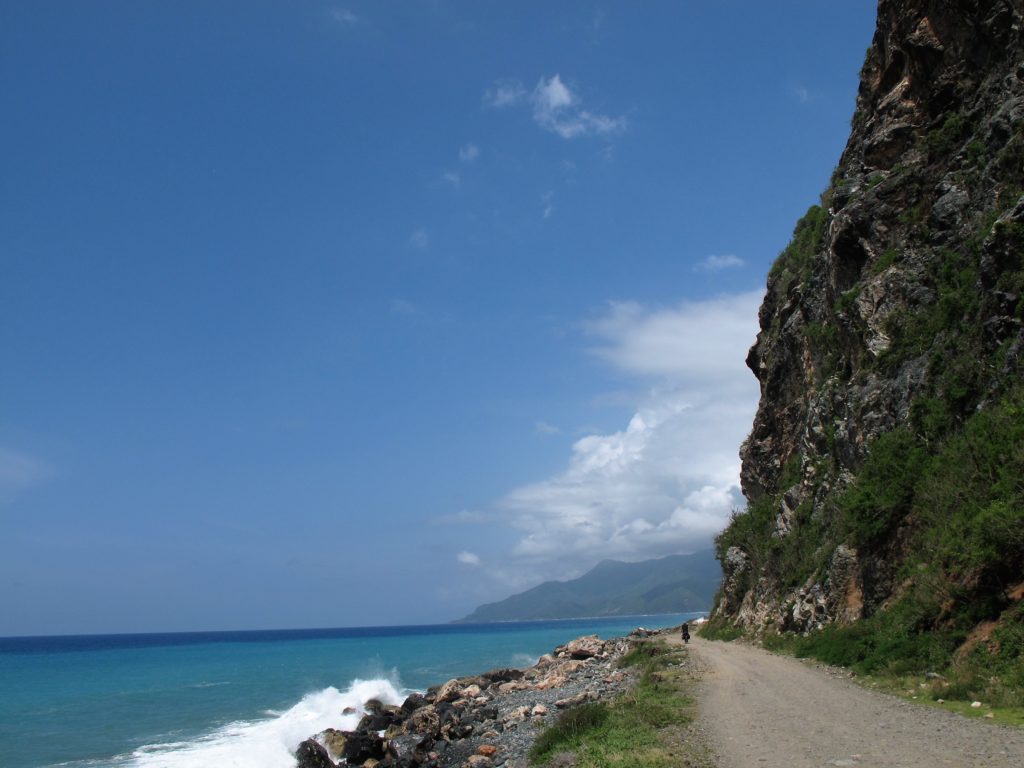
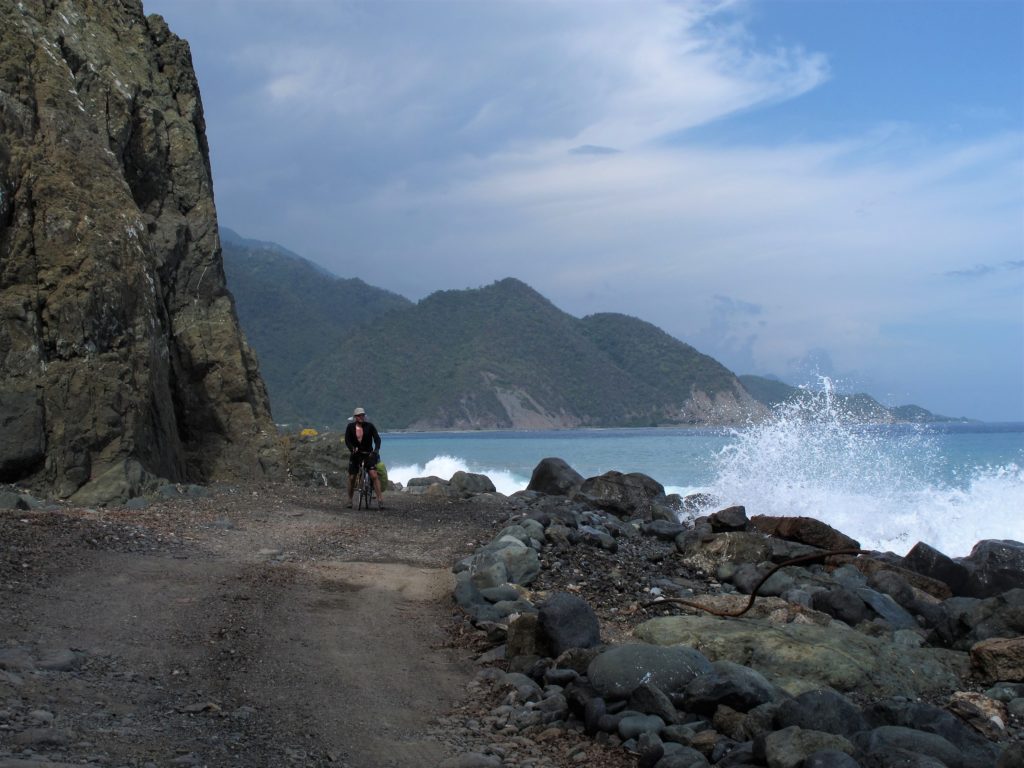




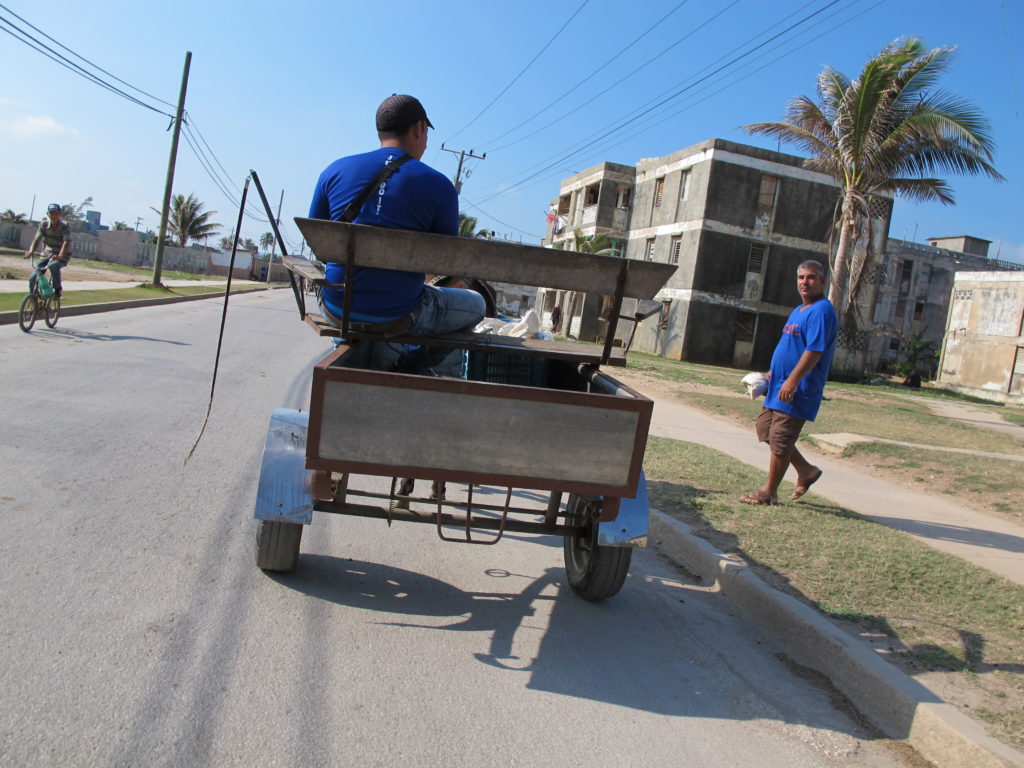
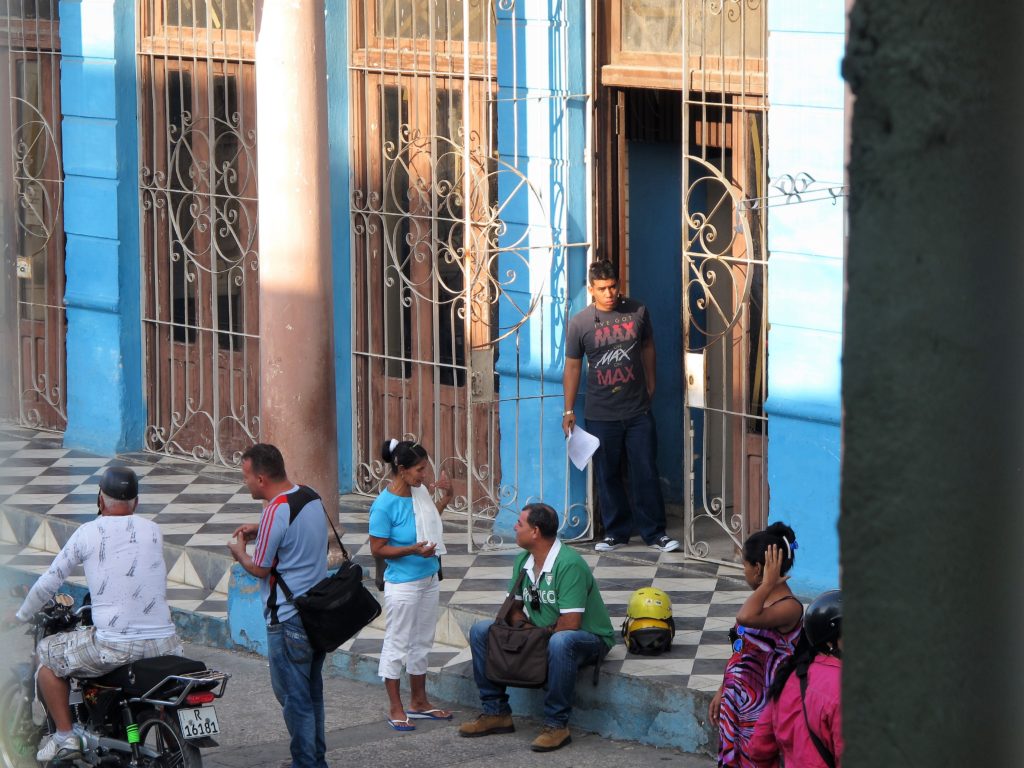
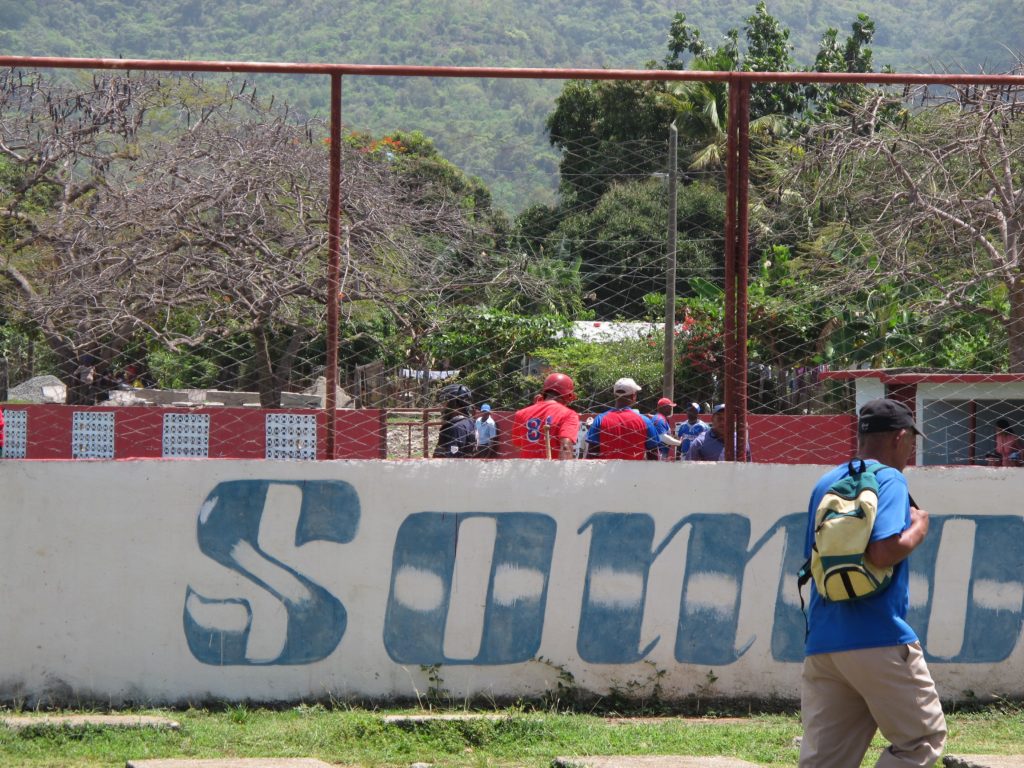
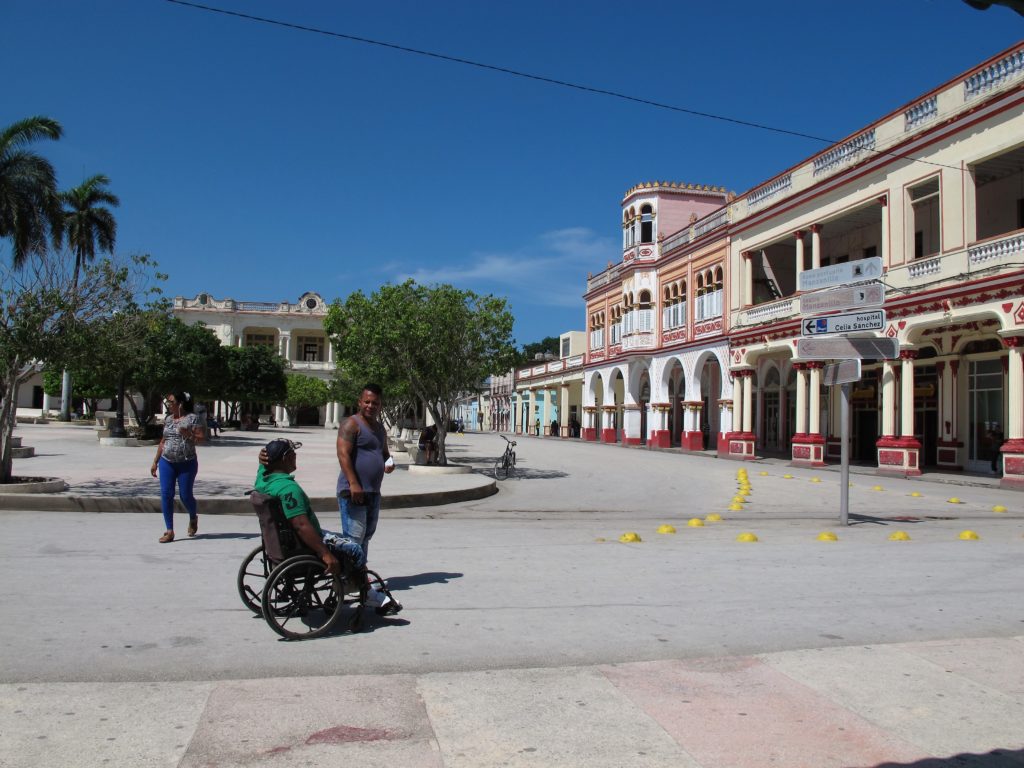
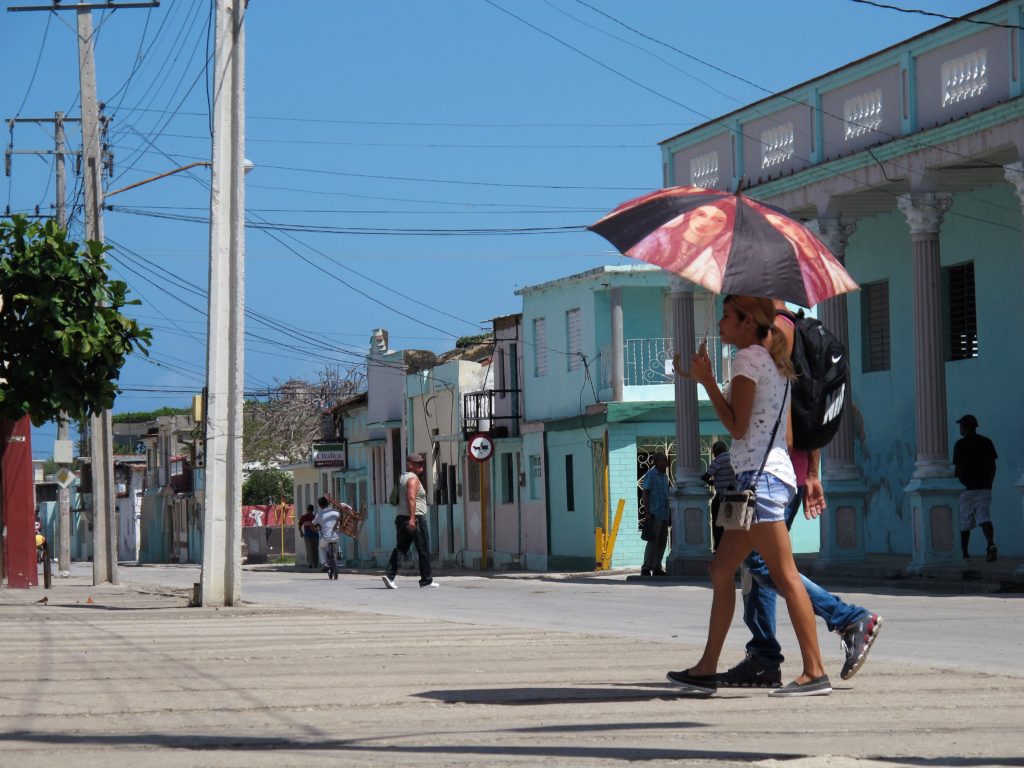

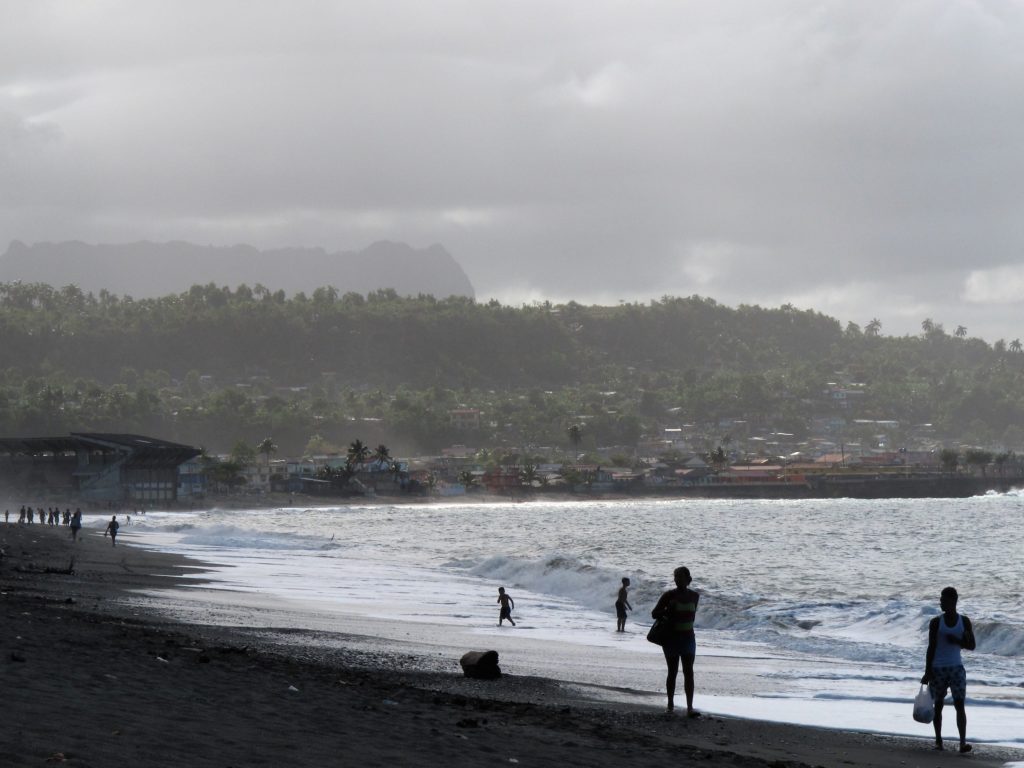
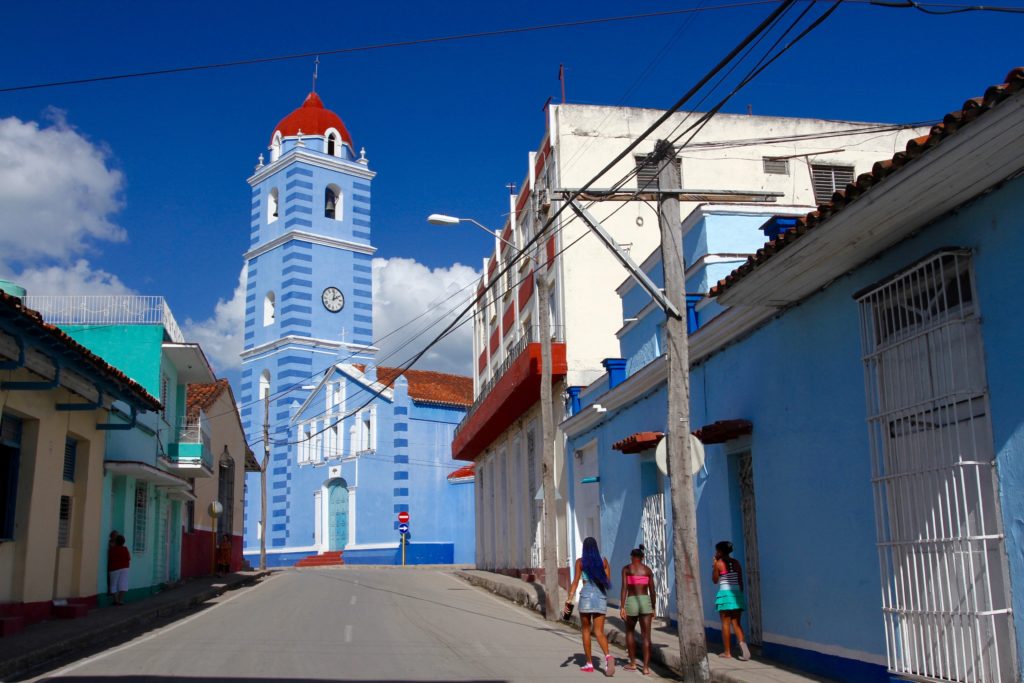
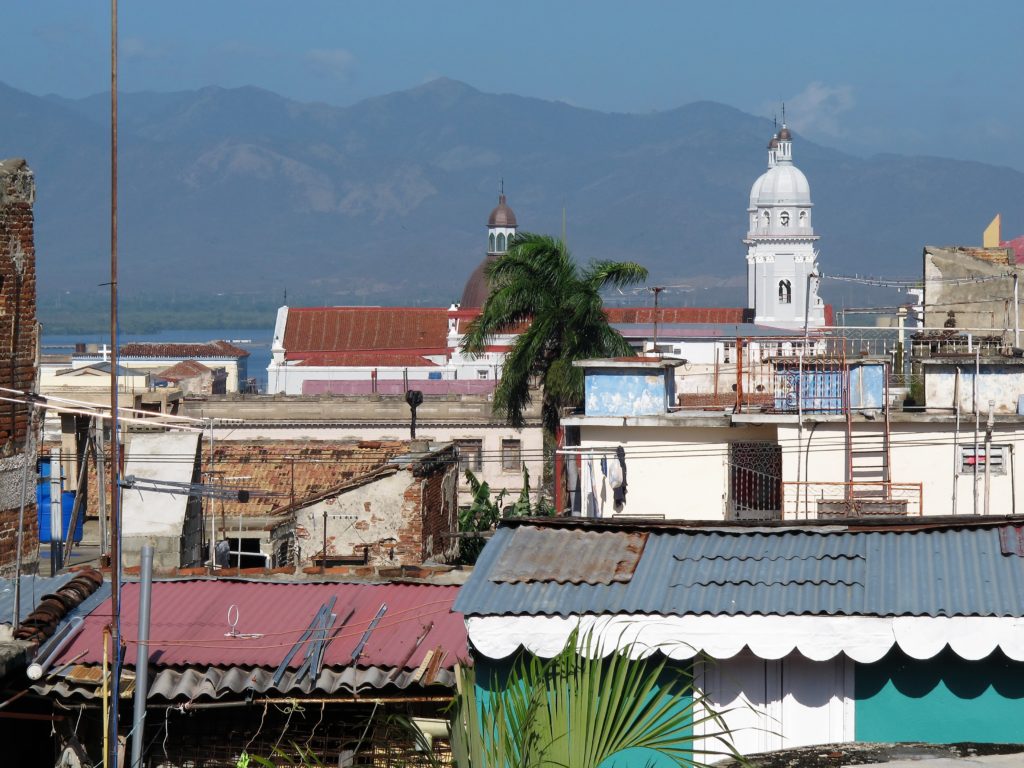
Hey my dear friend. I wanted to look at your website to get a better sense of what were your average daily costs during your extra long trip, since I’m finally planning one starting next summer
Les astres sont alignés.
…AND(!), I just realized you posted some details about our wonderful and unforgettable trip in Cuba. Some of the details you mention I already have forgotten. It was good to read your memories.
I miss you. Xx
PS. I’m surprised you don’t mention this AMAZING day when we got lost in the forest while it was getting dark, pouring rain, billions of mosquitoes were eating us alive and worms were taking control over our stomach.
lol.
Hehe, go for it! Seize the opportunity! I’ve been writing a lot already about stomach issues! Haha! http://www.cycloexpeditionamericas.com/2013/08/peruvian-chronicles-1-perspectives/ And my texts are better in French…